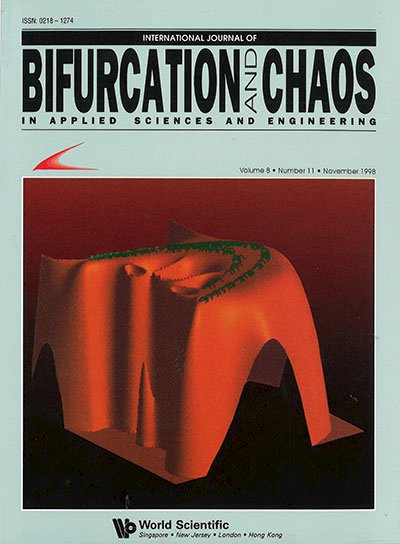Local Homeostasis Stabilizes a Model of the Olfactory System Globally in Respect to Perturbations by Input During Pattern Classification
Abstract
A software model of the olfactory system is presented as a test bed for identifying and solving the problems of simulating the nonlinear dynamics of sensory cortex. Compression, normalization and spatial contrast enhancement of the input to the bulb, the input stage of the olfactory system, are done by input-dependent attenuation of forward and lateral transmission, and by modulation of the asymptotic maximum of the sigmoid function of bulbar neural populations. An implementation of these mechanisms in the model, constituting local homeostatic regulation at the input stage, stabilizes the model in respect to variations in analog input and to recovery from repeated input-induced state transitions. Both non-Hebbian habituation and Hebbian reinforcement constituting local homeostatic regulation are used to train the model. A spatially patterned analog input belonging to a previously learned class may then guide the system to an appropriate basin of attraction. These advances have improved the classification performance of the model but reveal a still unsolved problem: the prestimulus state is governed by a global attractor, but the learned states are governed by collections of local attractors, not the desired global states.



